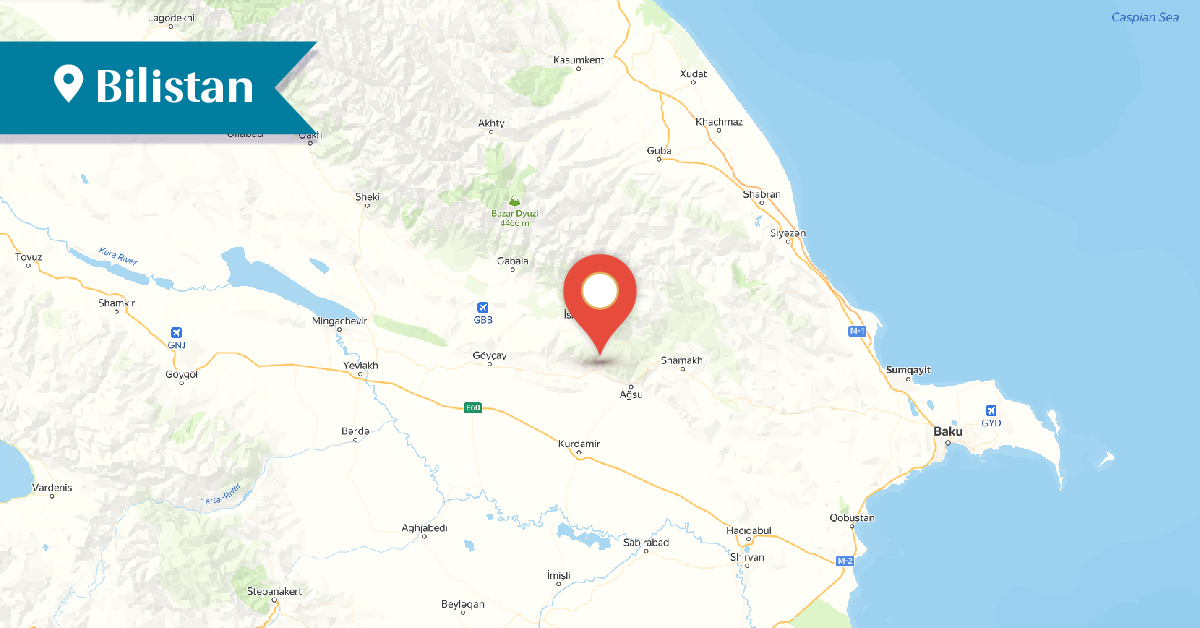2025
2025
2025-04-28

Bilistan village of the Ismayilli district was one of the smallest Armenian villages in the province, located about 17.2 km southeast of the district center, on the left bank of the Gardman River. The inhabitants had migrated from the Varanda region of Artsakh. In 1861, Bilistan village had 25 Armenian households. During the visit of Bishop Makar Barkhutaryants in 1890, there were 31 Armenian households in the village, with a population of 155. By 1914, Bilistan was entirely Armenian-populated, with 141 residents.
At the beginning of the summer of 1918, Turkish troops and local Tatars attacked the village and massacred most of its inhabitants. After the establishment of Soviet rule in Azerbaijan, a few survivors from Bilistan returned to their native village. In 1924, there were 22 Armenian households in the village, with a population of 74.
In the following years, the people of Bilistan gradually left their native village. In the 1950s, Bilistan was settled by Lezgins. The village had a church named Surb Astvatsatsin (Holy Mother of God), which has not been preserved. During the visit of monument specialist Samvel Karapetyan in 1986, around 45 inscribed tombstones were still preserved in the cemetery located on the eastern side of the village.
S. Karapetyan published the inscription from one of the preserved tombstones in the cemetery, which also mentions the village of Aghbulag.
Under this tombstone rests the body of Yeghisabet,
daughter of Grigor Arushanyan,
wife of Nerses Grigorov from Aghbulag.
The village is now called Bilistan and is inhabited by Lezgins.
Bibliography
Barkhutaryants M., Land of Aghvank and its Neighbors: Artsakh, Yerevan, 1999.
Karapetyan S., The Armenian Lapidary Inscriptions of Aghvank Proper, Yerevan, 1997.
Karapetyan, S., Aghvank Proper, Part 1, Yerevan, 2024, pp. 108-109.